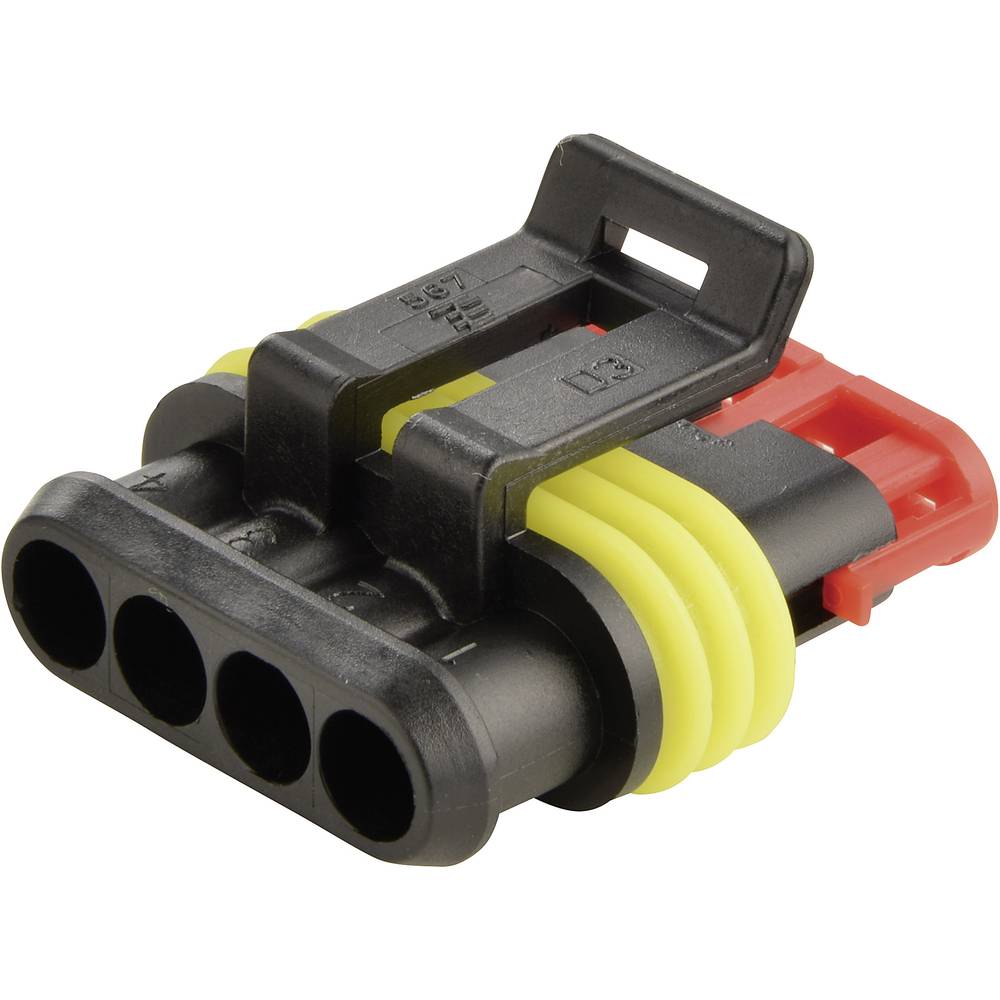alan_d
Well-Known Member
Mine is unwritten but reasonably memorable - Gas off, Seacocks off, Batteries off, F*** off.Ours is pretty simple, and the check list is on the edge of the main hatch, where it pops into your eyeline when you’re locking up.
Mine is unwritten but reasonably memorable - Gas off, Seacocks off, Batteries off, F*** off.Ours is pretty simple, and the check list is on the edge of the main hatch, where it pops into your eyeline when you’re locking up.
Ours says much the same, written with a label printer. Now I think about it, it’s on the top edge of the washboard. That lives in it’s own garage under to cockpit floor with that edge sticking out. The list is therefore ‘upside down’ when the board is in place, and as it’s visible to visitors (crew don’t count, but the Commodores wife does) the very last part is unwritten, like yours.Mine is unwritten but reasonably memorable - Gas off, Seacocks off, Batteries off, F*** off.
It might take a good, "intelligent", multi stage charger w/ recovery feature to really give it a chance.
Note that such chargers should be left alone to the job, completing all stages
IMHO - if battery does not come up to full - its one of two things :
Many chargers actually do not bring batterys to 100% - some stop at about 93% .. some higher at 95 - 97% ....
or
Battery is 'naffed' ...
So-called Intelligent chargers in this case - I doubt any better than any other charger ... IMHO of course
One difference is their ability to start at all when they do not sense a minimum of power from the battery.
Workaround can be to connect a better battery in parallel - and remove once the charger has started, thus continuing "healing the patient".
You don't cover the windows, lock the hatch, lock cockpit lockers, check the lines, check the sails/bag? Not even a long flush of the loo for preventative maintenance? Not even bringing in the ensign?Mine is unwritten but reasonably memorable - Gas off, Seacocks off, Batteries off, F*** off.
Mine is .With all the comments following mine about checklists here is my 'closing the boat' one.
You must have a Bavaria if you have to check the keel is still there.Mine is .
SHRIEK is a pneumonic I say each time I leave the boat. Not failed me yet.
(S) Stove
(H) Hatches
(R) Rudder
(I). ?
(E) Electrics
(K) Keel
...... Pull water sensor and replace with blanking plate;
